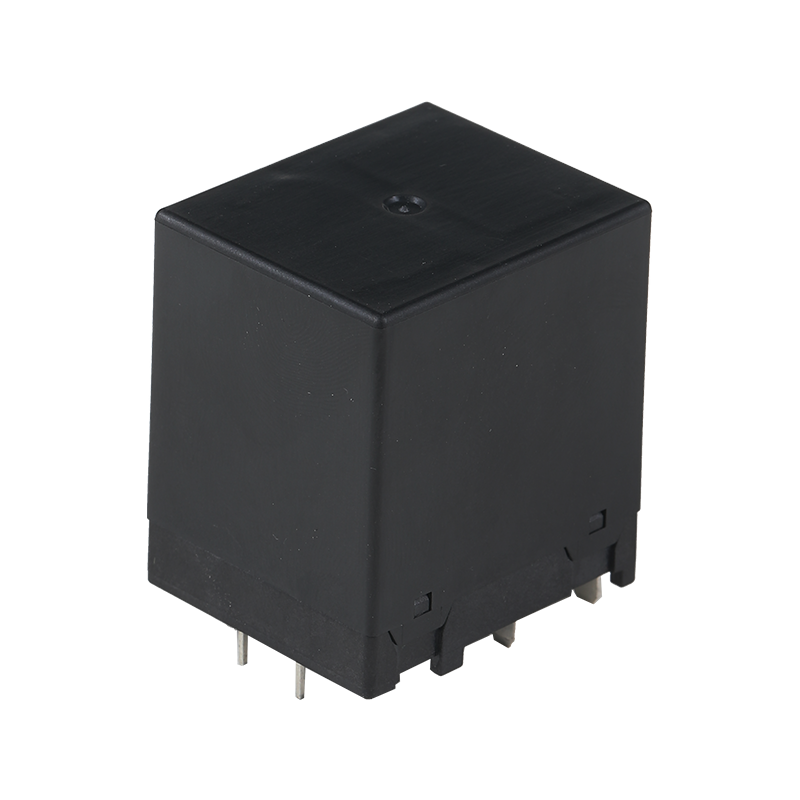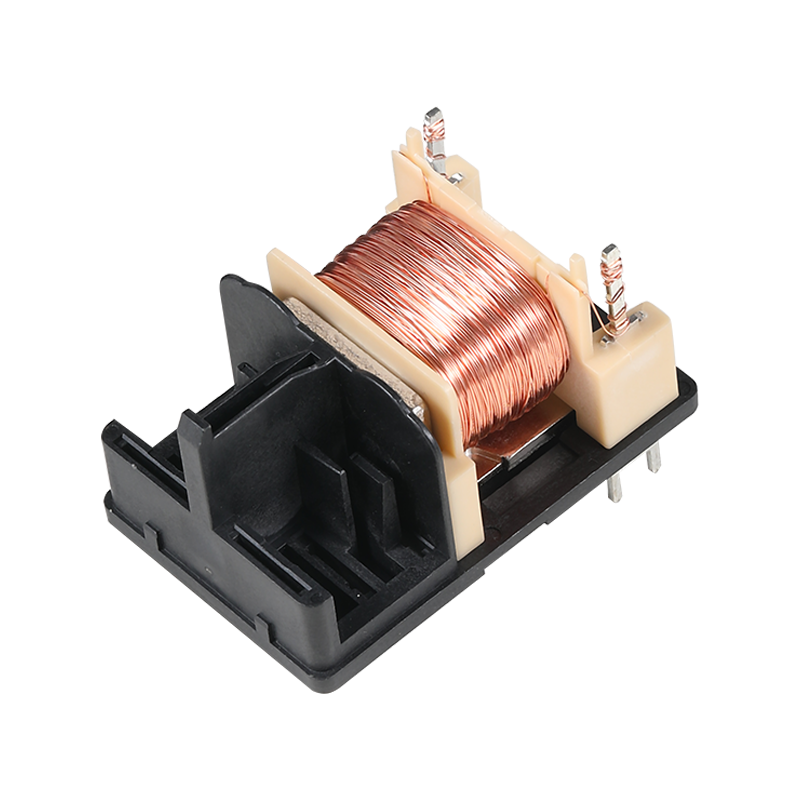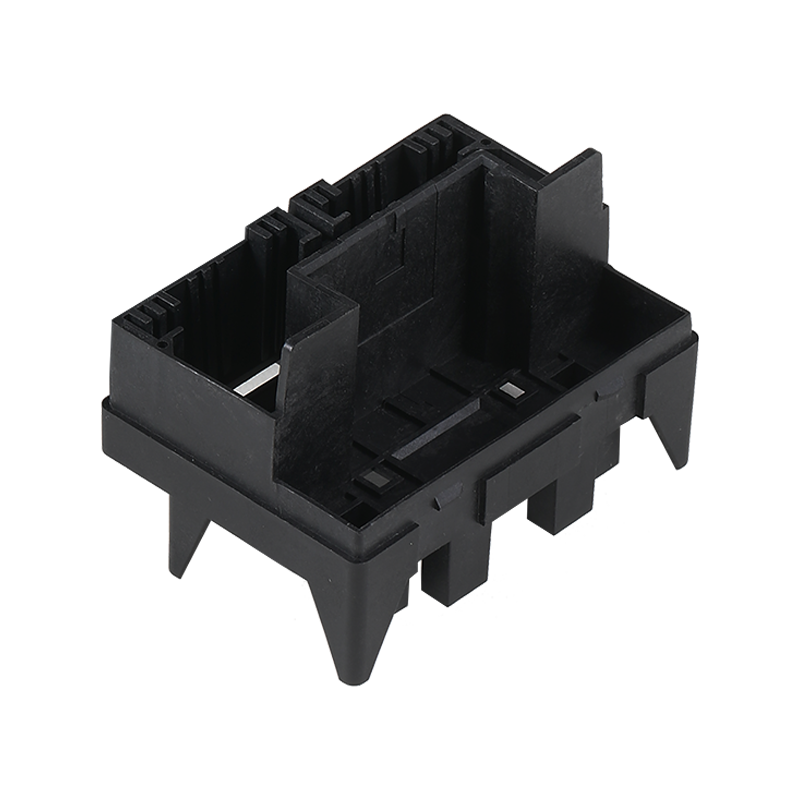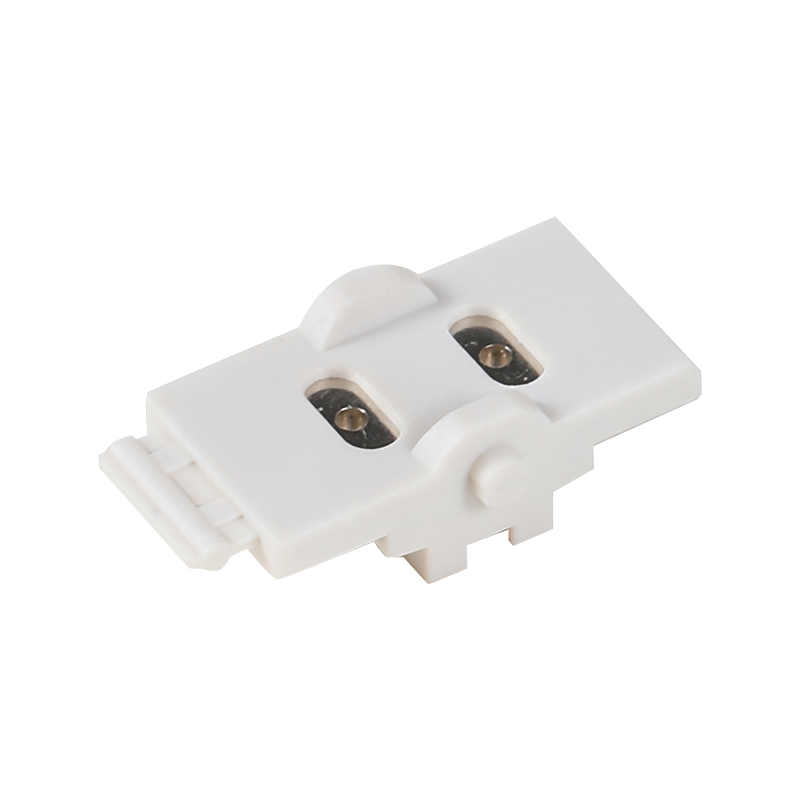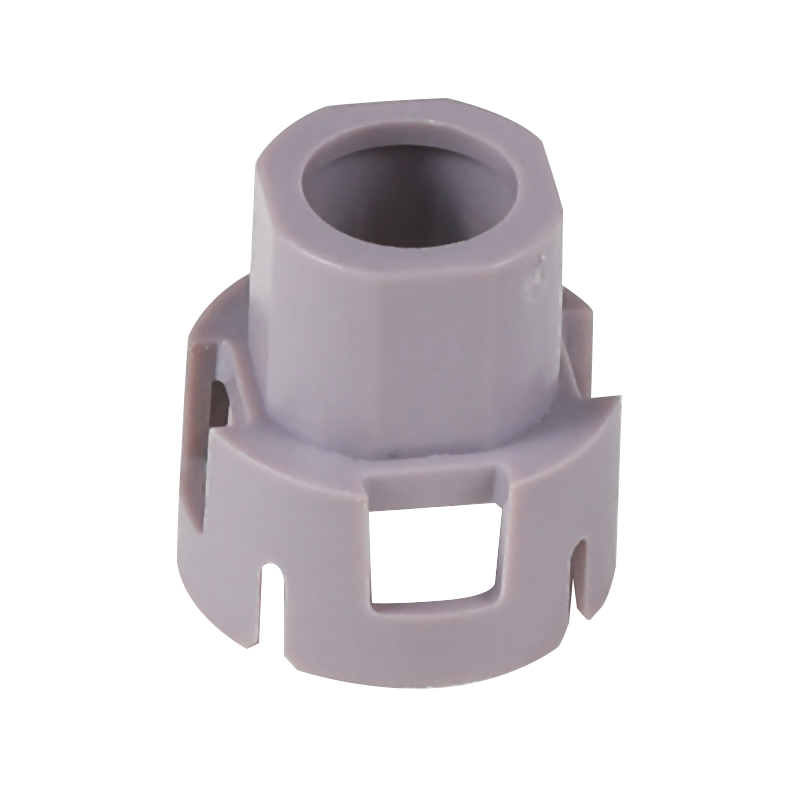
In an era defined by the relentless pursuit of smaller, smarter, and more efficient electronic devices, a critical component operates quietly behind the scenes: the micro relay switch. This miniaturized marvel represents a significant evolution from its bulkier predecessors, offering the same fundamental function of circuit control within a fraction of the space. The micro relay switch is an electromagnetic or solid-state device designed to handle a wide range of currents while occupying a small footprint on a printed circuit board. Its development and refinement have been instrumental in enabling the sophisticated, compact gadgets and systems that define contemporary life.
The core principle of a micro relay switch remains the reliable control of a high-power circuit using a low-power signal. This allows a sensitive integrated circuit, which can only output a tiny current, to safely activate a much more powerful component like a motor, solenoid, or lighting system. By acting as a robust intermediary, the micro relay switch protects delicate control electronics from damage, ensuring system longevity and safety. However, the engineering challenge for the micro relay switch was not just about shrinking its size. It involved maintaining high electrical performance, reliability, and isolation between control and load circuits within a dramatically reduced package. This required innovations in materials, from finer copper windings for the electromagnet to more durable contact alloys that resist wear and arcing over tens of thousands of cycles. The precision required in manufacturing a modern micro relay switch is immense, as tolerances are measured in micrometers.
The applications for the micro relay switch are vast and growing, extending far beyond traditional roles. In the automotive industry, the proliferation of comfort and safety features has dramatically increased the number of electronic control units (ECUs) in every vehicle. Each of these systems, from power windows and seat adjusters to sensor arrays for advanced driver-assistance systems, often relies on one or more micro relay switch components for intelligent power distribution. The compact nature of the micro relay switch is crucial here, as it allows engineers to pack immense functionality into ever-shrinking spaces within a vehicle's body and dashboard. Similarly, in industrial automation, the micro relay switch finds a home in programmable logic controllers (PLCs) and sensor interfaces, where it provides the essential link between a digital command and a physical action, such as activating a pneumatic valve or a conveyor belt motor.
A significant trend in the sector is the rising adoption of the solid-state micro relay switch. Unlike its electromechanical counterpart, which uses physical contacts that can wear out, a solid-state micro relay switch uses semiconductor components to perform the switching function. This design offers distinct advantages, including silent operation, exceptional longevity due to the absence of moving parts, and faster switching speeds. The solid-state micro relay switch is particularly valued in applications requiring absolute silence or badly high cycle rates, such as in data acquisition systems or precision medical equipment. As technology continues its march toward greater integration and intelligence, the role of the micro relay switch is set to become even more pivotal. It is a foundational component that silently empowers innovation, proving that the many critical enablers of progress are often the smallest.

 English
English 中文简体
中文简体 русский
русский
